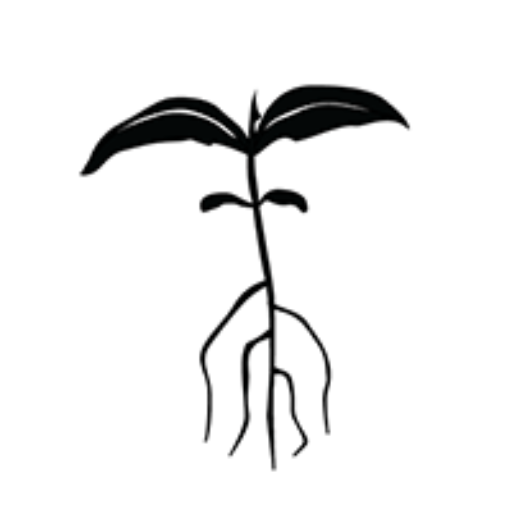Botanical name : Allium ampeloprasum
Synonyms : var. porrum, var. ampeloprasum, ampeloprasum ssp. persicum, var. sectivum, var. kurrat
Common name : Leek, Elephant Garlic, Russian Garlic, Giant Garlic, Kurrat, Pearl Onion, Persian Leek
Challenging for seed saving
Lifecycle: Biennial
Pollination: Insect pollinated
Mating system: Each flower in a flower head produces pollen before it is able to accept it. Flowers can pollinate other flowers in the same flower head.
Suggested spacing: Same as for eating production
Seed specific requirements: Vernalisation is required to initiate flowering
Isolation distance: 250 metres
Population size: 20 or more plants
Seed maturity: Seed is mature when the enclosing paper capsule turns brown and starts to open exposing the black seeds
Processing method: Dry threshing and winnowing
Expected seed viability: 2 years
Images
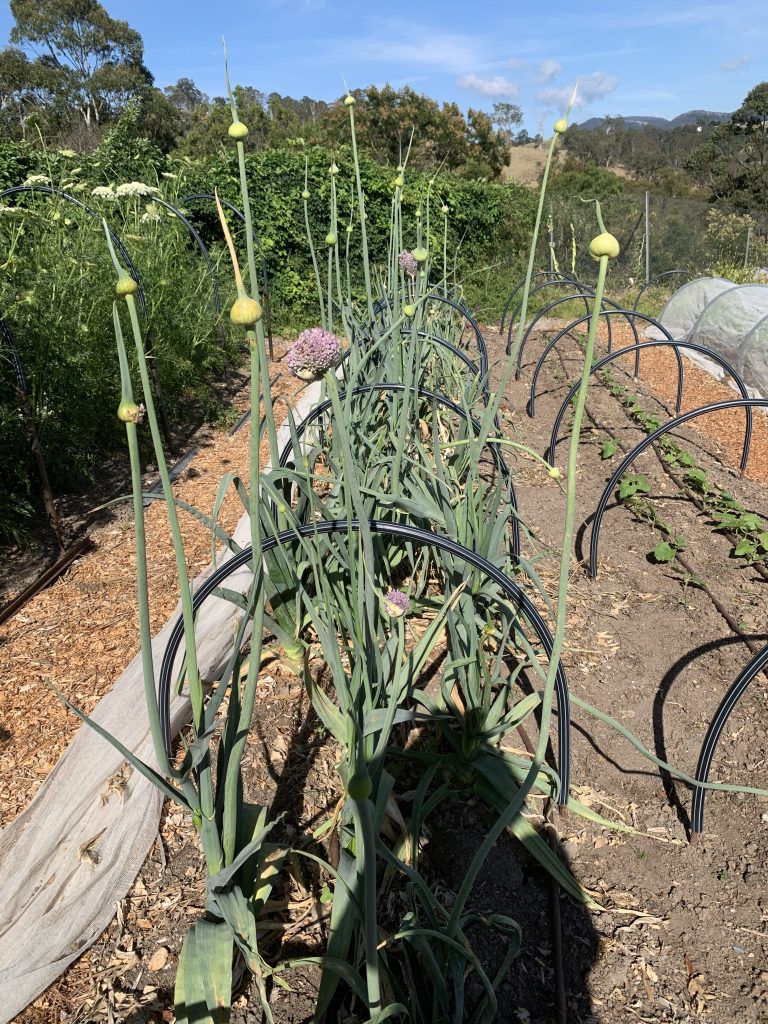

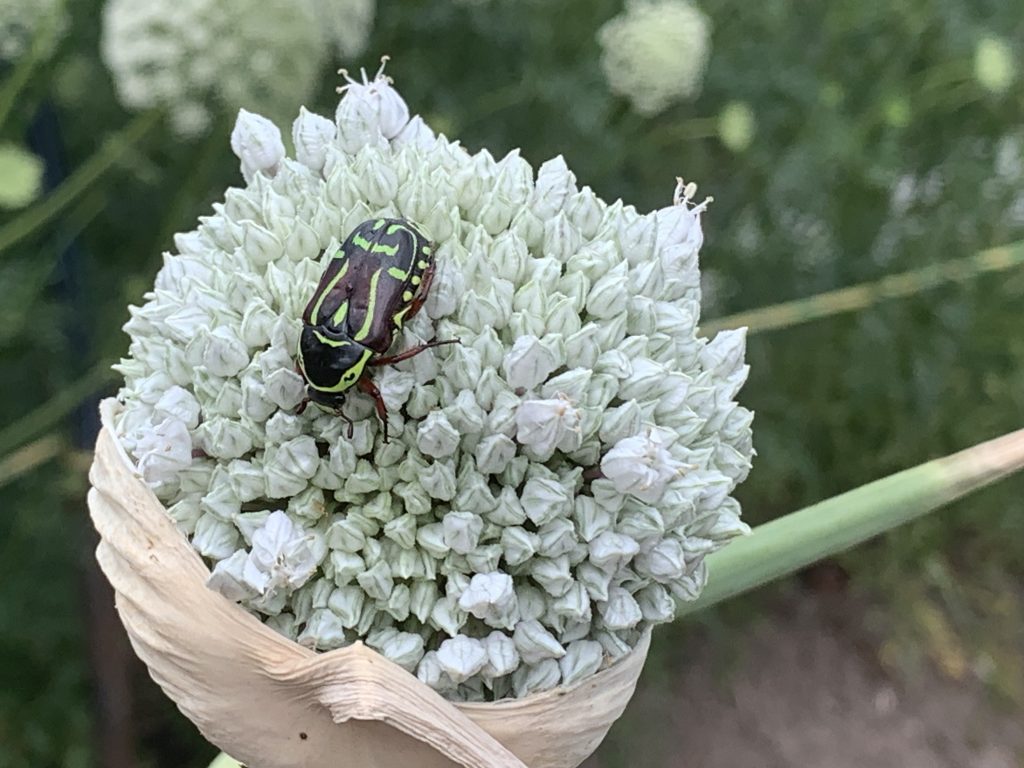
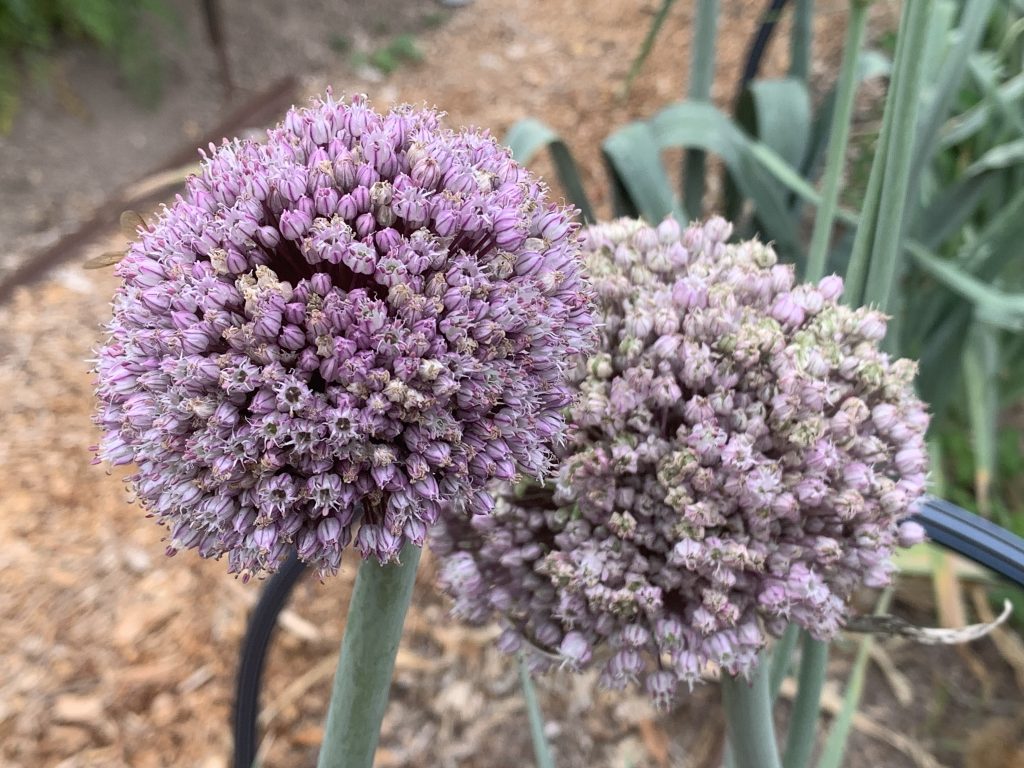
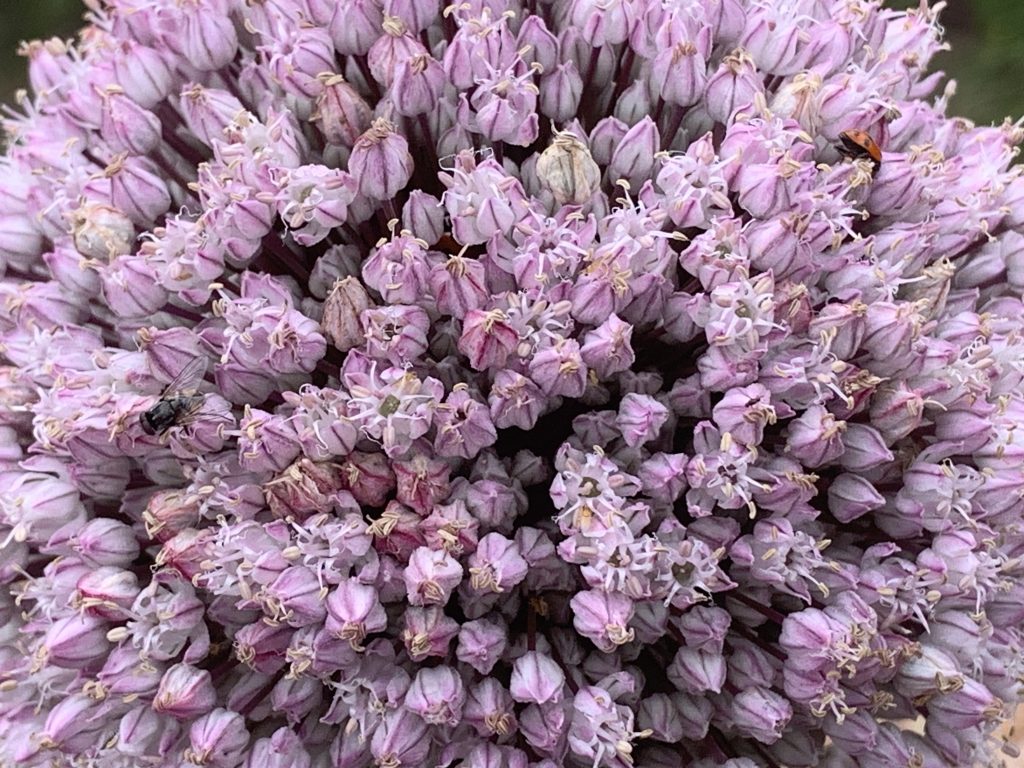
Growing for seed
These biennials require vernalisation to initiate flowering. They generally require less hours of cold than onions and many other biennials. Temperatures under 12C for a month or so can be enough depending on the variety.
Each leek only sends up a single flower stalk. These stalks can be quite tall and may need to be staked or supported in some way to stop them falling over.
Each individual flower in a flower head produces pollen before it is able to accept it. Flowers can pollinate other flowers in the same flower head, but only a proportion of them will be receptive at any one time. Growing relatively large populations of 20 or more leeks will help to ensure good pollination and seed set. As they are cross-pollinated by insects they need to be kept 250 metres away from other Allium ampeloprasum species that are flowering at the same time.
Elephant garlic is the same species as leeks, so cross-pollination is possible although not particularly likely as Elephant garlic generally does not set viable seed. Removing the flower scapes from any Elephant garlic will ensure cross-pollination does not occur.
Selection
Selection of plants to be left for seed is carried out at the point the leeks are mature for eating and before they go to seed. They are selected on stem colour, diameter and length.
Harvest
Seed heads can be harvested when the majority of the seed capsules have dried to brown and the first few at the centre top of the head are starting to open and show the black seeds. They need to be harvested before seed starts to fall into the garden and before the dried capsules are rained on.
Processing
Harvested seed heads should be further dried for a few weeks to finish maturing as many seeds as possible and to make processing easier.
Seed can be separated from the flower head by rubbing between gloved hands or rubbing against a mesh.
Winnowing will be needed to separate the angular black seeds from the unwanted plant material. If standard winnowing is not successful in separating the seeds and chaff sufficiently then a wet winnowing technique can be used. Adding water causes the unwanted material to float where it can be decanted off. The seed then needs to be promptly spread out to dry on a screen or cloth. Drying should take place in an airy but shaded location.
Contributors
Liz Worth, Nellie Pryke
